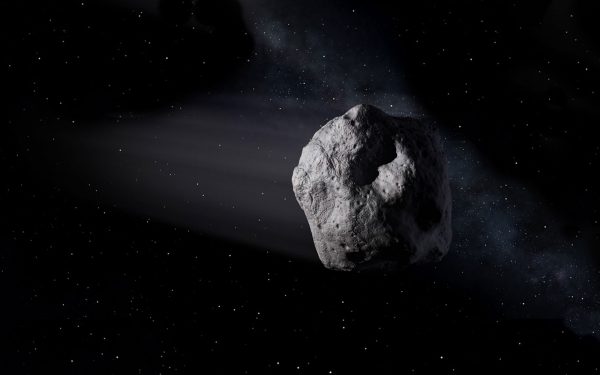NASA Is Watching a Massive Asteroid As It Prepares to Pass by Earth Next Month (Video) – Travel+Leisure
An asteroid half the height of Mt. Everest is expected to pass by Earth next month.
Although the asteroid — named 52768 (1998 OR2) — will not make contact with our planet, it is big enough that a collision would be “large enough to cause global effects,” NASA said when the asteroid was first discovered.
It is anywhere from 1.1 to 2.5 miles wide and is projected to pass within about 3.9 million miles of Earth on April 29, moving at a speed of about 19,460 miles per hour. The flyby is expected to happen at 4:56 a.m. ET on April 29.
The asteroid is tracked on NASA’s list of potentially hazardous objects not because of its potential to collide with our planet but because of its size and the fact that it periodically passes by Earth. (Although that nearby pass is more than 15 times the distance between the Earth and the moon.)
NASA
According to NASA’s data, the asteroid is projected to pass by Earth several times in the next century, The closest approach will be April 16, 2079, when the asteroid will pass about 929,560 miles away from the planet (only about three times the distance between the Earth and its moon).
Although the asteroid is quite large, it is not the biggest to shoot past Earth in recent history. On September 1, 2017, an asteroid named 3122 Florence — or 1981 ET3 — passed by. It is estimated to be anywhere from 2.5 to 5.5 miles wide, according to CNN. And it is projected to make another flyby on September 2, 2057.
These flybys are monitored by NASA’s Center for Near Earth Object Studies. They track Near-Earth Objects (NEOs) to determine their size, speed and likelihood of colliding with the planet. Space agencies like NASA and the European Space Agency have upcoming missions scheduled to learn more about asteroids. Currently, NASA’s OSIRIS-REx and Japan’s Hayabusa2 are exploring space and will bring asteroid samples back to Earth within the coming years.






